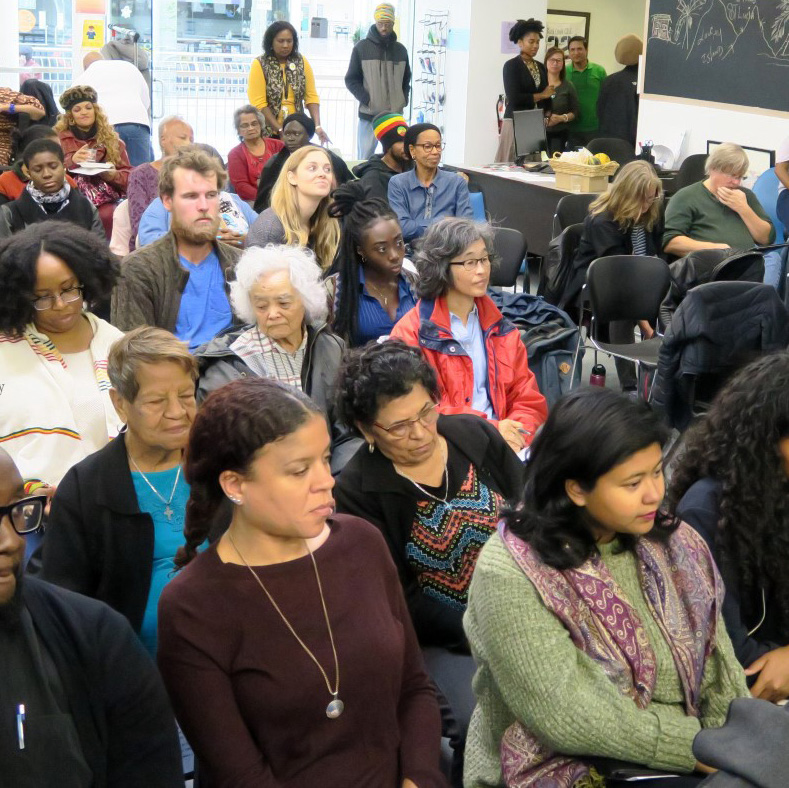
Virtual Engagement Guidebook 5. Fostering a Culture of Expanded Public Engagement
- Date: December 2, 2021
Jump to section
Fostering a Culture of Expanded Public Involvement
With COVID-19 vaccine roll-outs accelerating in communities in the first half of 2021, what future will that leave for virtual public engagement? Will participant Zoom fatigue, ongoing equity and accessibility challenges, and roadblocks to the quality of virtual engagement incentivize agencies to transition back to traditional in-person engagement as soon as it is safely possible?
Our Focus
This Guidebook’s focus is on resources to design and execute effective virtual public engagement activities that are cost-effective, inclusive, and sustainable in the long term, recognizing the limitations of online tools and virtual experiences.
High levels of public participation, community buy-in and support, and stakeholder responsiveness are useful benchmarks, whether a transportation organization is trying to inform, engage, or persuade constituents. At its best, public involvement activities can provide a feedback loop that improves the goals and programs across an organization. Effective public information tools and dashboards, marketing and promotional activities, a regular cadence of soliciting community input, growing a responsive social media presence, nurturing community based partnerships: all of these strategies help foster a culture built on public involvement, community engagement, and stakeholder collaboration.
No single resource is exhaustive, particularly when it comes to a topic as broad as virtual public engagement. The Guidebook appendices offer user guides for implementing many of the engagement strategies outlined in previous chapters. They also include case studies from transit agencies, human service transportation providers, and MPOs across the country, which highlight how peer organizations are innovating in the digital space, often with the customary limitations of a small team or tight budget. The appendices conclude with resources that can be useful for the development of an organization’s virtual public engagement plans.
The work of a transportation organization is made better when the voices of its consumers and partners are considered in policymaking, program development, and day-to-day operations. In developing this Guidebook, many of the organizations that were consulted acknowledged that they could do a better job of public and community involvement, and saw the value of inclusive engagement through advisory committees, special events, and more varied approaches for consulting with their users. Many of these organizations added that the primary obstacle they face in advancing their public engagement work is that their staffing is constrained, and existing staff often do not have the capacity to carry out more public engagement.
Virtual engagement
Virtual engagement has allowed some of these organizations to be more nimble because they have seen cost savings related to hosting online meetings and surveys, compared to in-person activities. However, shifting a standing meeting online does not fulfill the goal of meaningful public engagement. An effective virtual public engagement effort makes use of a combination of tools and strategies to reach a set of diverse audiences.
Developing this mix of approaches requires transportation organizations to be strategic in identifying:
- the markets they seek to engage;
- the opportunities for reaching those markets; and
- the potential obstacles or limitations those markets may encounter when trying to participate.
Depending on the obstacles, an organization may need to develop alternatives that include in-person activities as part of the overall engagement effort. An organization seeking to advance its engagement efforts may also need to hire additional staff or invest in training opportunities for current staff.